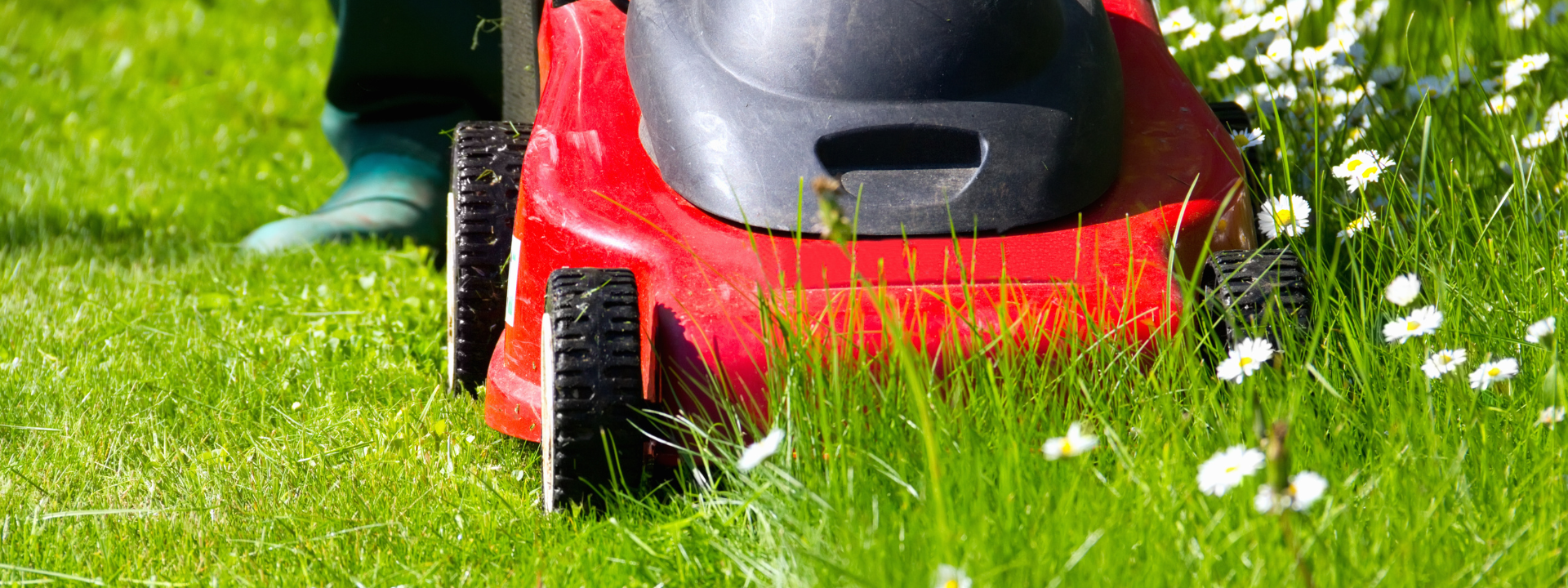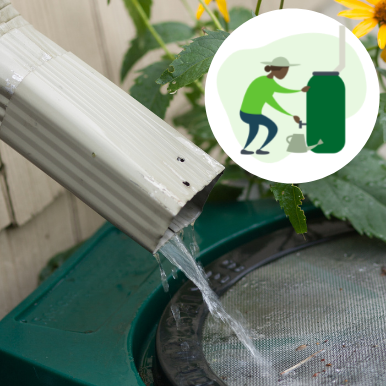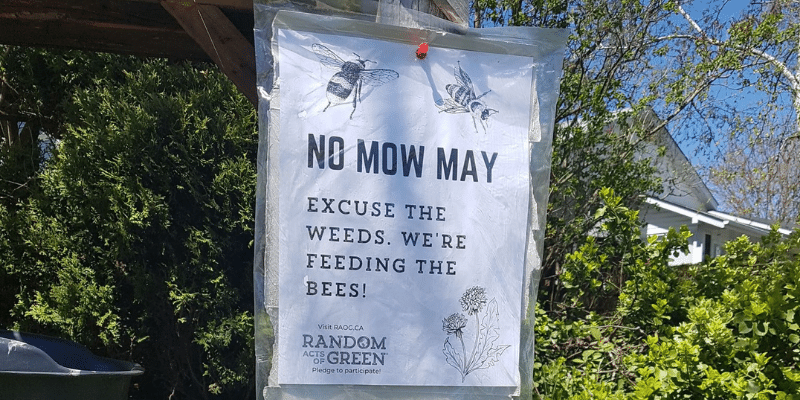Are Lawns Really Green?
As a child, I spent a lot of time picking dandelions and attending fun backyard activities such as BBQs, pool parties, and picnics. I never paid much attention to the idea that I was playing in an area that could negatively impact my health and the ecosystems around me. I always thought green simply meant good. But are lawns really that green?
The idea of a lawn emerged in medieval times, quickly becoming a symbol of status and wealth. Today, lawns continue to hold aesthetic value, and although they may be green, poor conventional practices can lead them to be environmentally damaging.
Environmental Impact of Lawns
The classic green lawn may be a hazard to biodiversity, the climate, and water conservation because;
- The cultivation of grass only, in large plots of land, does not support a biodiverse ecosystem nor does it attract a variety of pollinators that are vital to the growth of various trees, fruits, and plants.
- Many lawn owners use harmful pesticides and fertilizers on their grass.
- Gas-powered lawn care tools are extremely inefficient and produce an abundance of air pollution.
- During the summer months, water usage increases by 44% for non-essential lawn and garden watering.
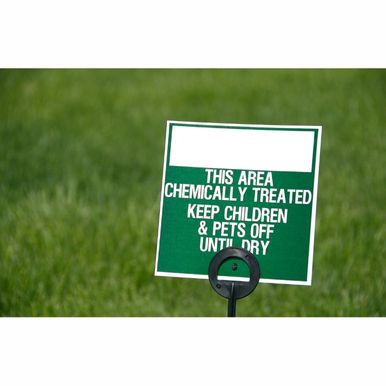
Benefits of A Lawn Rather Than A Paved Surface
Despite these harms, lawns can serve a practical purpose, especially in developed areas. Lawns may be beneficial for the environment by;
- Consuming carbon dioxide and releasing oxygen.
- Preventing soil erosion.
- Slowing the flow of water to prevent runoff.
- Replacing areas that would otherwise be paved, which helps to reduce temperatures.
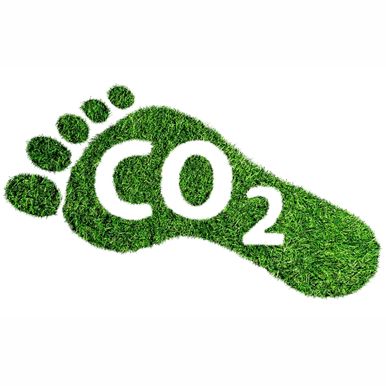
10 Eco-Friendly Lawn Care Practices
- Decrease your emissions. This can be accomplished by mowing less frequently or investing in manual or electric equipment rather than gas-powered.
- Add organic matter to your soil. This will enhance the soil’s ability to retain nutrients and water, which reduces the demand for fertilizers and watering.
- Test the soil to ensure that pesticides and fertilizers are at safe levels.
- Only water the lawn every 3-4 days. Overwatering not only wastes water but can also cause fungi to grow.
- Check to see if rain is in the weather forecast before watering.
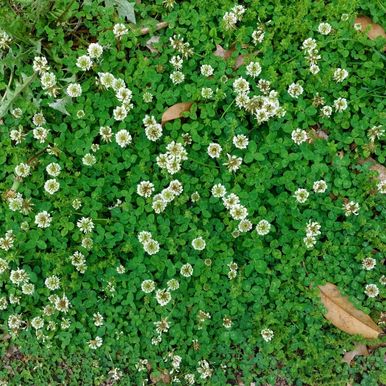
- Put out a rain barrel to capture rainwater for future watering.
- Plant native greenery around the yard. This will help to attract bees, birds, and other critters.
- Allow your grass to grow longer, which allows for deeper roots that prevent water evaporation.
- Leave grass clippings and leaves on the lawn because they add nutrients.
- Aerate your lawn to improve nutrient and oxygen uptake and increase the absorption of water.
No Mow Lawn Alternatives


‘No Mow May’ invites you to relax and let the grass grow a little while longer. It may be tempting while at home to fire up the lawnmower to tidy up your green space but we are asking you to consider hitting the brakes on that idea.
Let the first flowers of spring fully emerge to support the pollinators who are recently awakening from hibernation.
Author
Hanna Patrick
With a passion for supporting mental health, and working towards a degree in Health Sciences with a specialization in health promotion, Hanna understands how important preserving nature is for good health.
Join Our Email Community
Gain exclusive access to green trends, tips, and tricks when you sign up for our free newsletter. Enter your email to join our community of changemakers!
More Blog Posts:
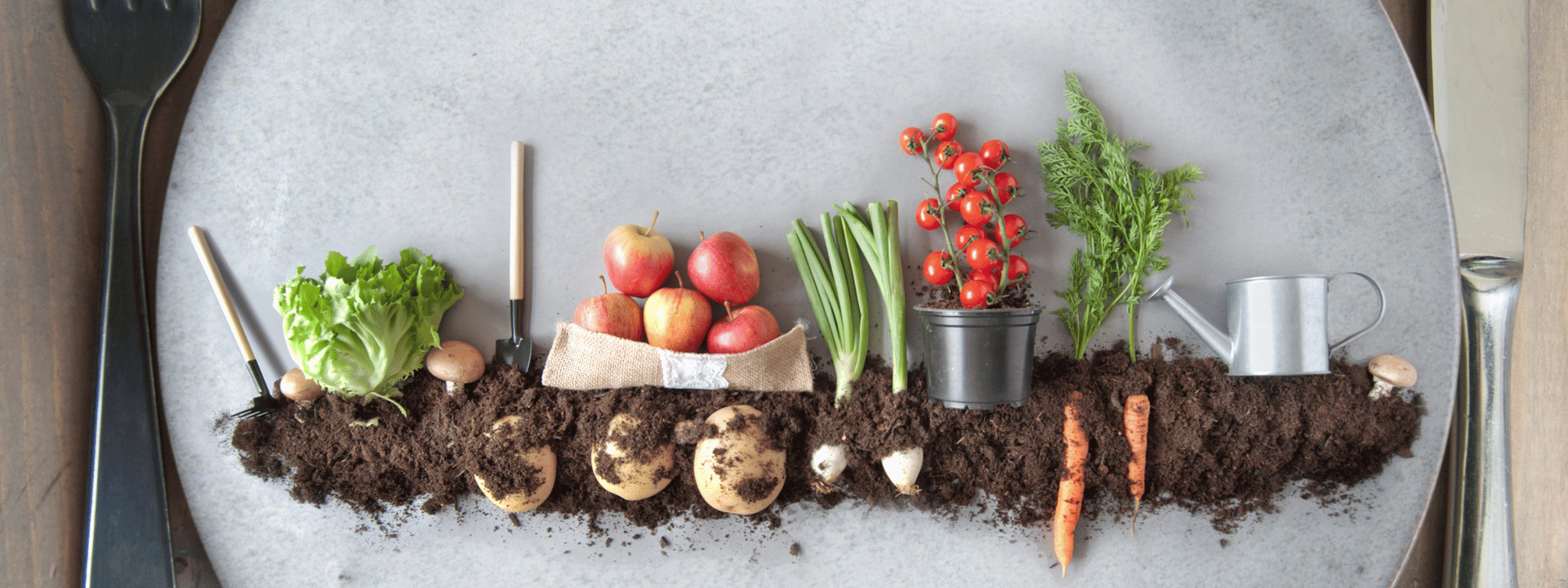
The Guide to Veganuary!
Whether you are going full vegan or starting to eat less meat, our guide to veganuary will help you go plant-based in 2023.
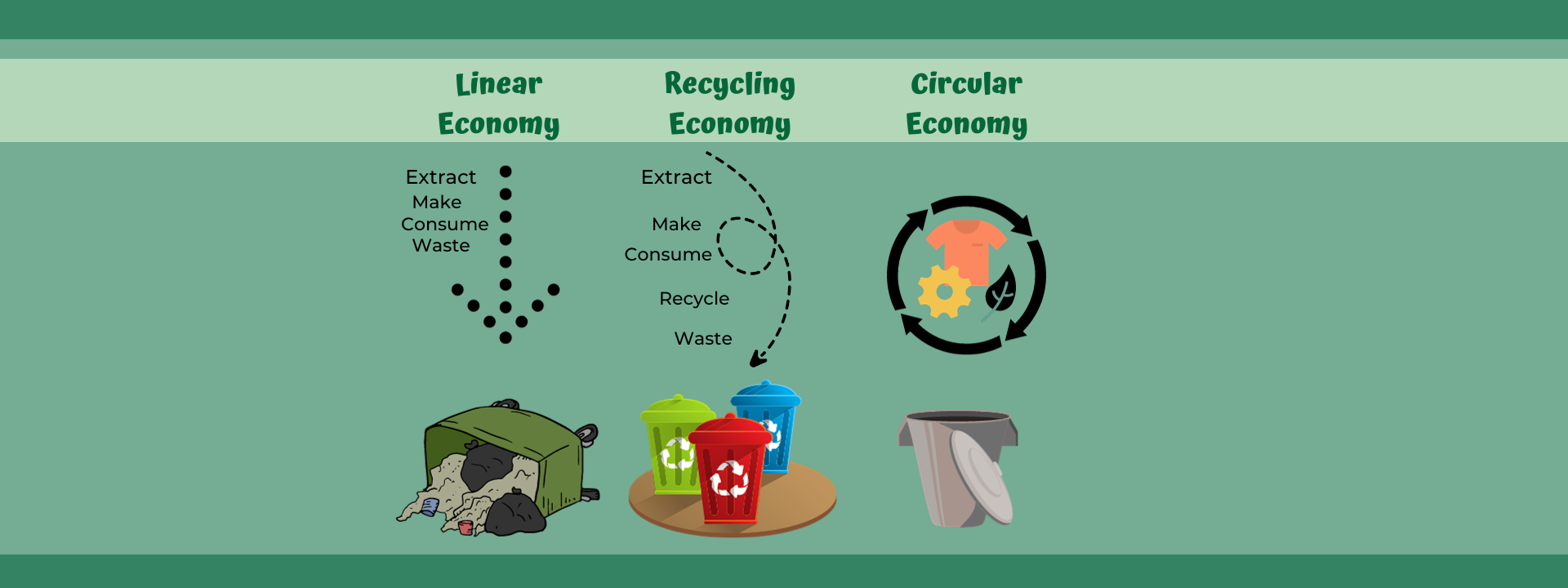
5 Circular Economy Companies in Canada To Celebrate Waste Reduction Week
Say hello to 6 Circular Economy Companies in Canada this October as we Celebrate innovators during Waste Reduction Week.

